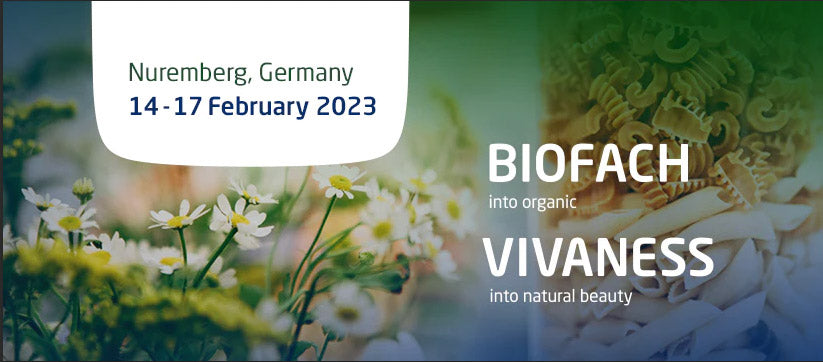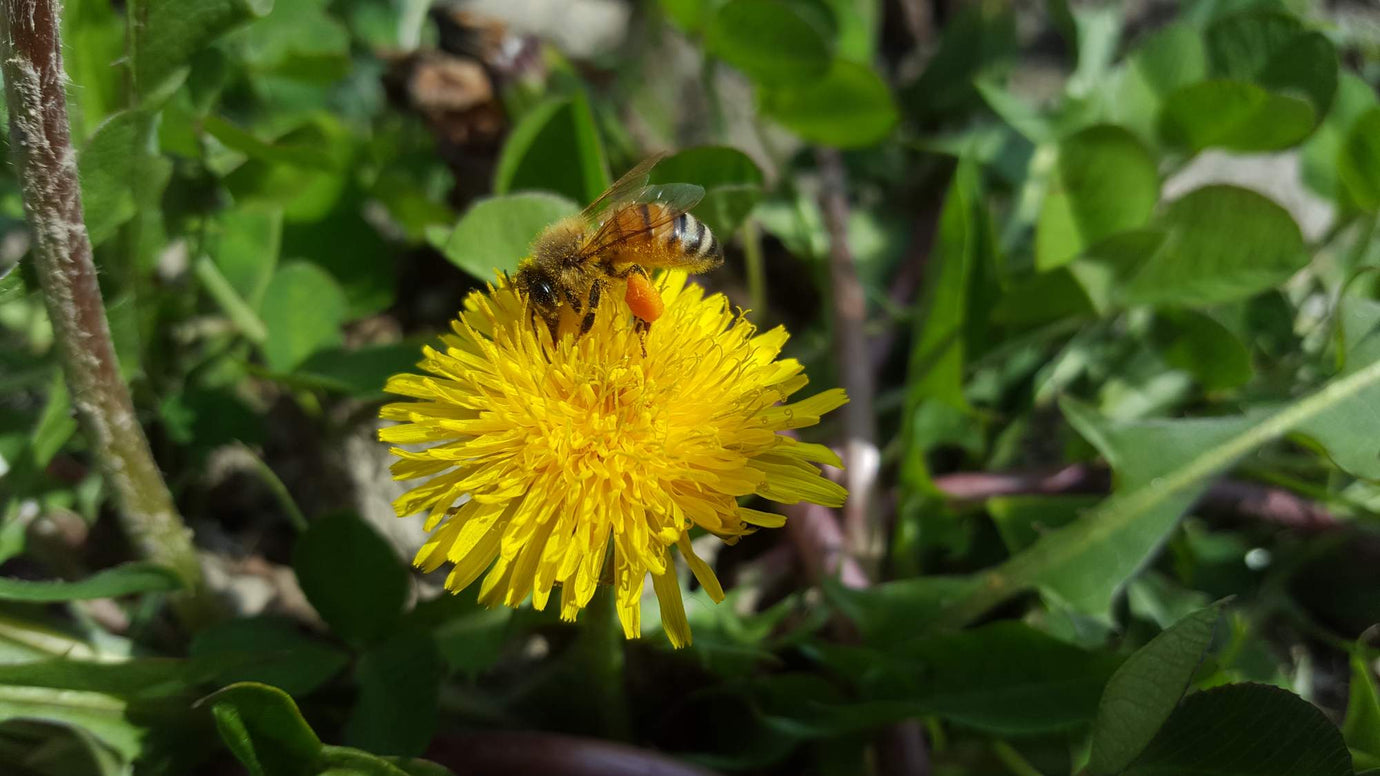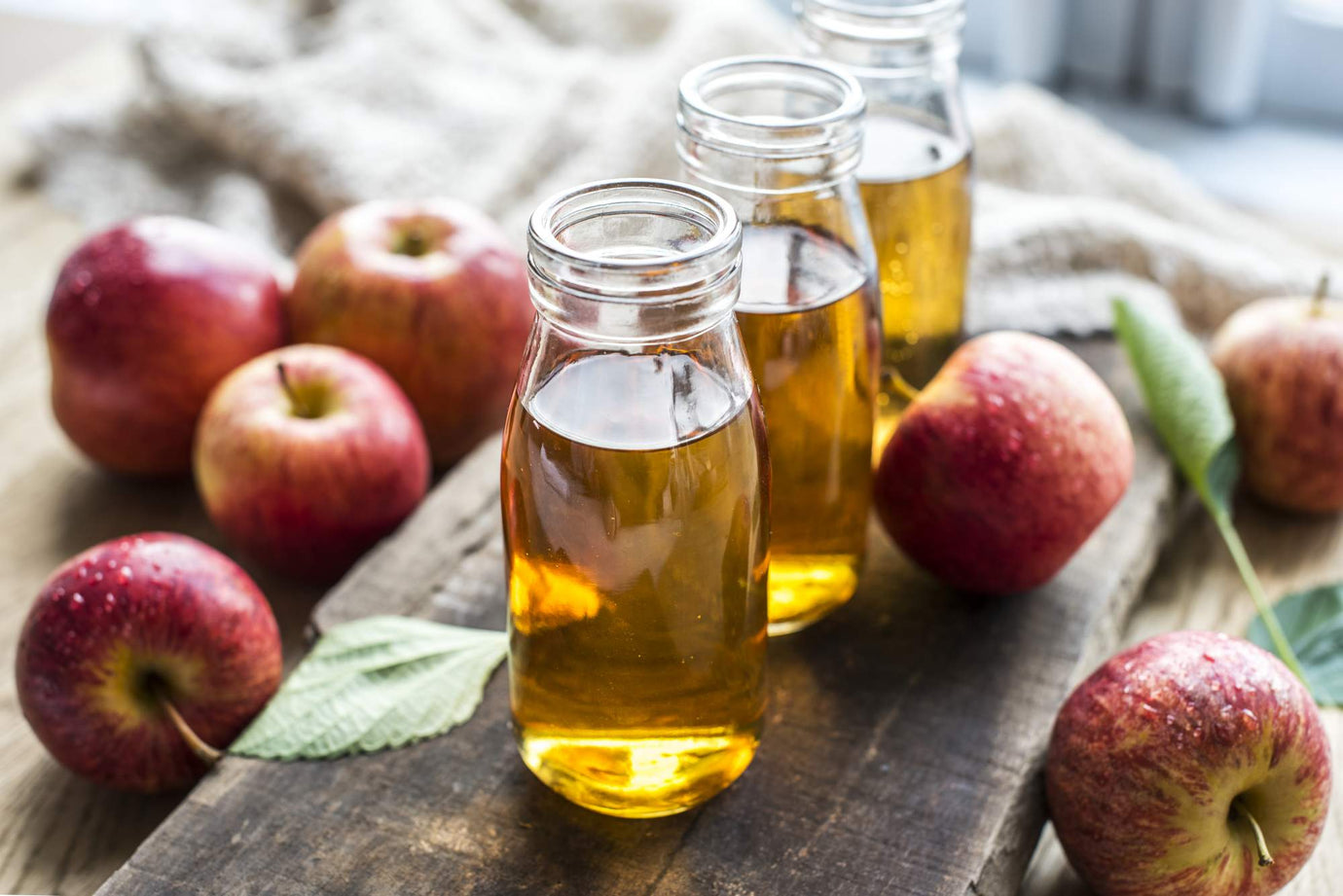Grape Must: Its Properties and Uses

What is Grape Must?
In this article, we will try to explain in the simplest way possible what grape must is, how it is used, and why you should always include it in your diet.
This non-alcoholic product appears as a dark and turbid liquid. Its color may vary depending on the variety of grapes from which it is obtained or the production process it undergoes. The color of the grapes, their quality, and maturity level tend to define the characteristics and properties of this special must, which also represents one of the first stages of processing during the grape harvest.
When we talk about grape must, we mean the liquid obtained from the first pressing of the grapes. More broadly, the term can also refer to the product of pressing different fruits and vegetable products. Think of apple must, but also malt must for beer production.
How Our Grape Must is Produced
Our product is non-alcoholic and rich in simple sugars easily assimilated by our bodies. We use only organic and biodynamic grapes from our lands. A blend of typical Lambrusco red grape varieties, including Salamino, Ancellotta, and Marani, characterizes it.
Our recipe, called "Carpada" in the Modenese dialect, involves first separating the grape stem and then lightly heating the freshly pressed grapes along with the Must at 50 - 60°C to extract all the properties present in the skin.
The product is then pressed and separated from the solid part, left to rest for a few days in the fridge, and finally bottled whole with the pulp without ever filtering it. To maintain the organoleptic properties and the wealth of organic substances typical of the grape, great attention is paid to the pasteurization process.
Would you like to savor our delicious cooked must? Grab it now!
Other Vitivinicultural Products Made from Grape Must
In the same vitivinicultural sector, there are other products that compete for the term "must". They are all products born from Grape Must.
Here's an illustrative scheme:
- Grapes (white or red)
- Grape Must
- Cooked Must or Saba
- Concentrated Must
- Fermented Grape Must
- Quiet Must
- Rectified Must
- and others
Cooked Must or Saba
In various regions of Italy, cooking the must gives rise to a product of ancient origins and well-known. It is obtained by evaporating water through cooking to obtain a partially caramelized substance, strictly at atmospheric pressure. Traditionally, it is produced over direct heat. It can be consumed to pleasantly accompany aged cheeses.
Diluted appropriately with water, this must can also make an excellent refreshing drink. Known as Vincotto, Sapa, or Saba, it is used as an ingredient in the kitchen when preparing traditional recipes, especially in the production of sweets, such as cakes, biscuits, and fillings. Its aqueous percentage is very low while its sweetening power is very high.
Concentrated Must
It is a product made with large industrial plants that primarily receive quiet must and concentrate it at low pressure and low temperature. Its color is similar to that of the original grapes, preserving the original aromas of the grape must and not taking on the cooked flavor as in the case of cooking. Widely used in wine to adjust the alcohol content when necessary. Also useful in other food preparations as a sweetener. A more commonly used ingredient in the preparation of Balsamic Vinegar of Modena P.G.I. because it is cheaper than Cooked Must.
Fermented Grape Must
The must is partially subjected to a fermentation process. This process is stopped in such a way as to produce wines with a reduced alcohol content. These are usually quite sweet products, particularly appreciated by younger consumers.
Quiet Must
By adding sulfur dioxide, another particular product, known as quiet must, is obtained. Using sulfur dioxide in high concentrations (at least 1000 - 1500 ppm), it is possible to stop the fermentation process that would otherwise lead to wine production. For this reason, it is defined as 'quiet,' precisely because of the absence of that typical bubbling that can be heard during the fermentation process. The large amount of sulfur makes the quiet must unsuitable for immediate food consumption (to use it in this sense, the amount of sulfur must be reduced), and its color is always yellowish. More than anything, it is an economical way to preserve grape must.
Rectified Must or Rectified Concentrated Must (MCR)
This is concentrated must treated with a special plant that separates the sugary part of the grape. To simplify, we can say it is a concentrate of simple colorless and odorless sugars. It is used in some wines to increase the degree and in the production of food products as a sweetener.
What is Obtained from Grape Musts and Related Products?
All these products are the basis for the production of Wine, Liquors, Vinegars, Balsamic Vinegar of Modena P.G.I., Traditional Balsamic Vinegar of Modena D.O.P., Traditional Balsamic Vinegar of Reggio Emilia D.O.P., Grape Pudding called Sugolo, etc.
What is Grape Juice?
It is a non-alcoholic beverage, a subcategory of grape must: it is obtained when the grape must is extracted from the grapes without producing any alcoholic fermentation. In this case, the grape juice is consumed as a beverage tout court. Our product can be called either Grape Juice or Grape Must, we preferred the latter name as it indicates that our product has different characteristics from the common grape juices on the market. You need to taste it to understand it. Buy Our Grape Must
Is Grape Must Alcoholic?
Some grape musts may contain a small amount of alcohol, however less than 1.2 alcohol by volume, so low as to remain a non-alcoholic product by definition.
When the grape must begins alcoholic formation, i.e., when yeasts start converting the simple sugars present into alcohol, we can talk about wine.
Composition of Grape Must
Grape must essentially has the same composition as the grape it comes from. It is indeed the liquid part of the grape, contained in the berries.
In general, it contains 70 – 80% water, simple sugars such as mainly glucose and fructose in equal parts, mineral salts, phenolic substances (pigments, tannins, antioxidants), and many others.
Here is a summary table of the composition of our Grape Must.
Analysis carried out on our Grape Must (the data are indicative as they may vary from year to year)
- Natural grape sugars
- Glucose
- Fructose
- Main Organic Acids
- Malic Acid
- Citric Acid
- Tartaric Acid
- Vitamins present among all those analyzed
- Vitamin B1 – 0.32 mg/Kg
- Vitamin B6 – 0.30 mg/Kg
- Various organic substances including antioxidants, tannins, and pigments
- Total Polyphenols – 0.17 g/100 g (as catechin)
- Mineral salts
- Magnesium – 65 mg/Kg
- Sodium – 0.15 mg/Kg
- Potassium – 3.3 mg/Kg
- Calcium – 29.3 mg/Kg







